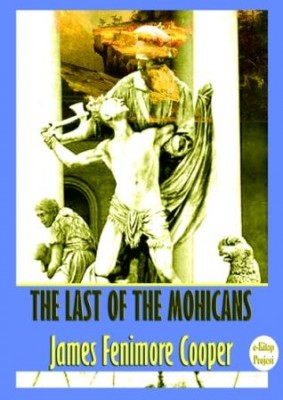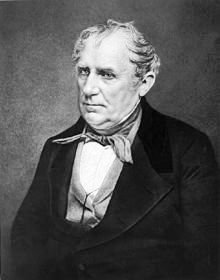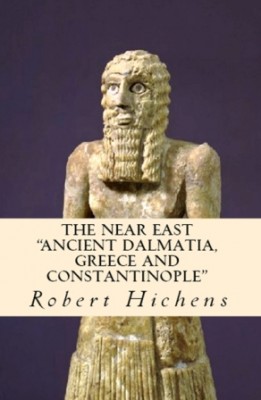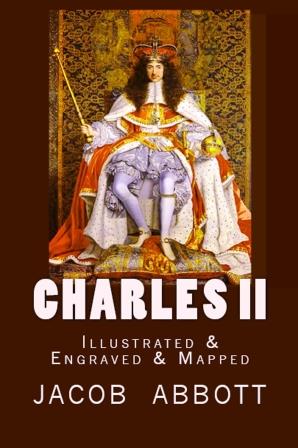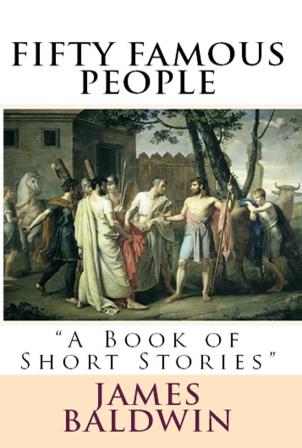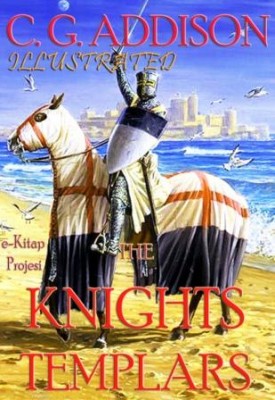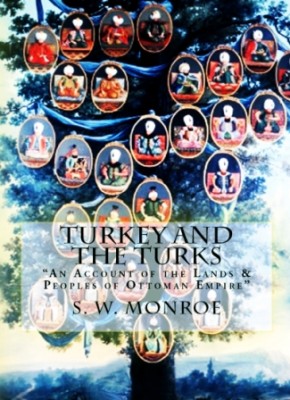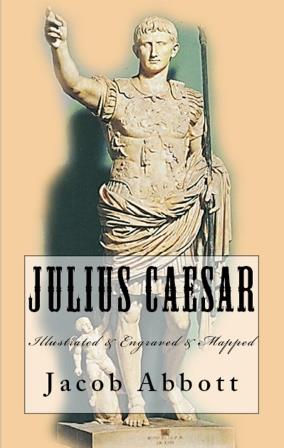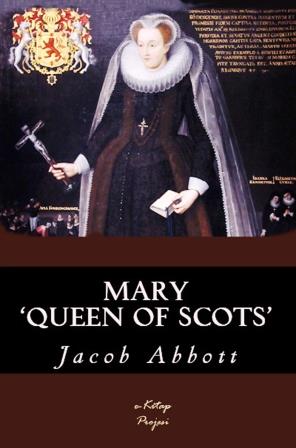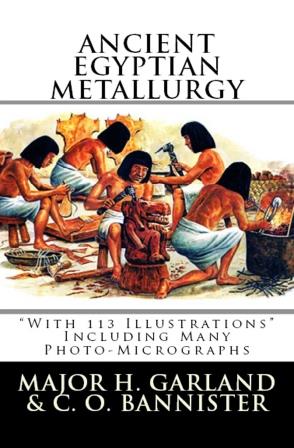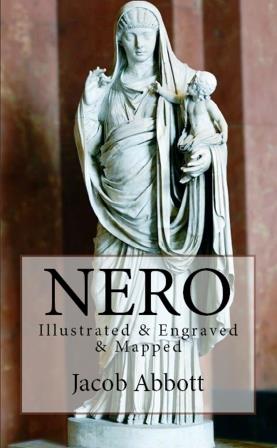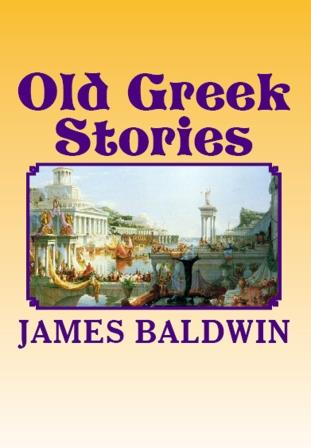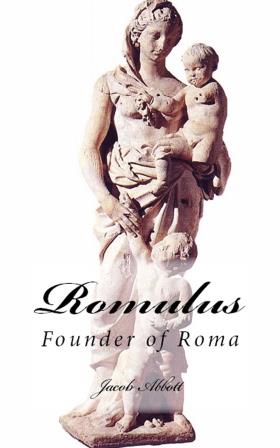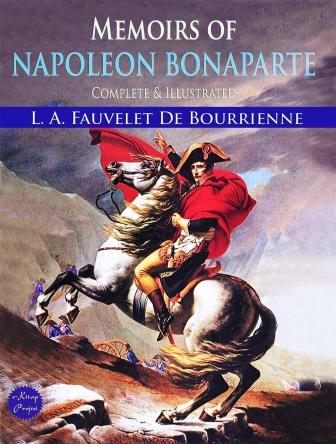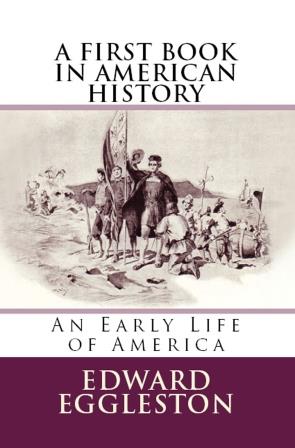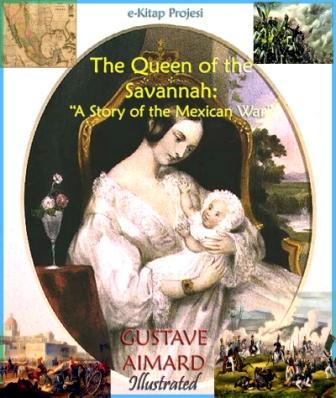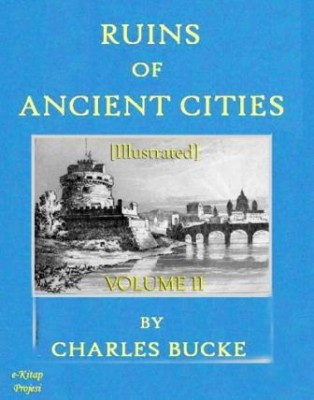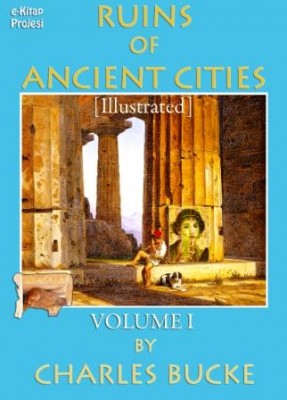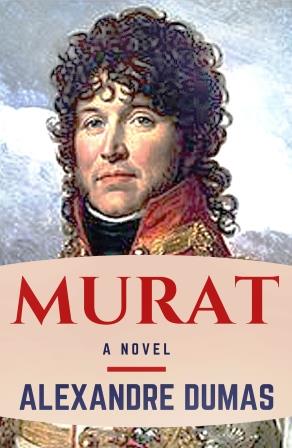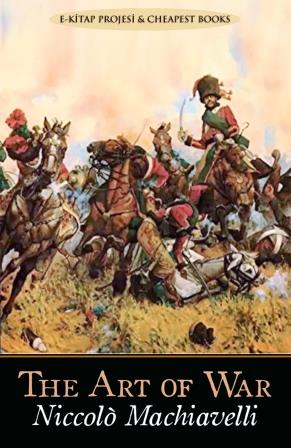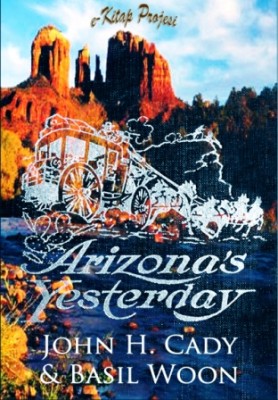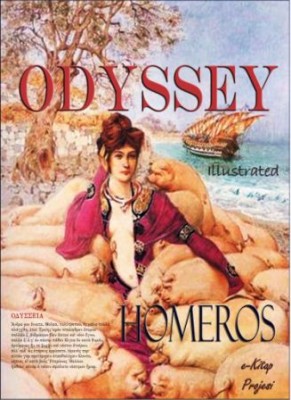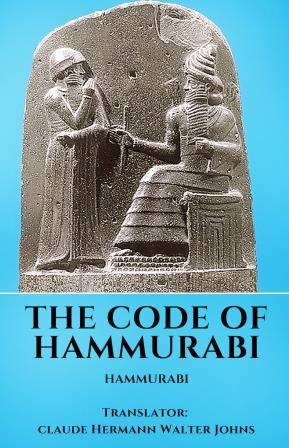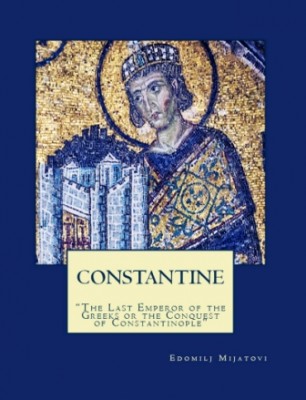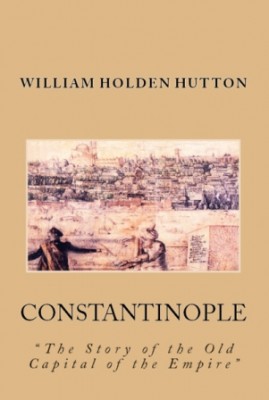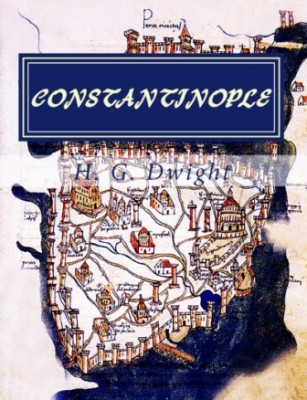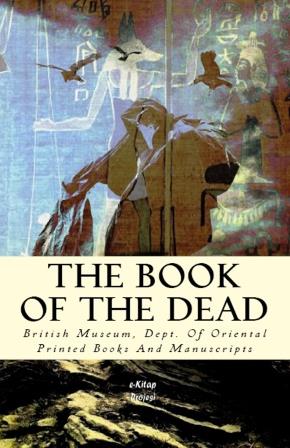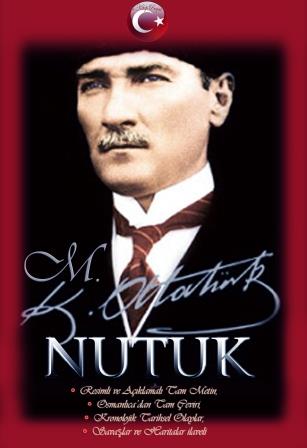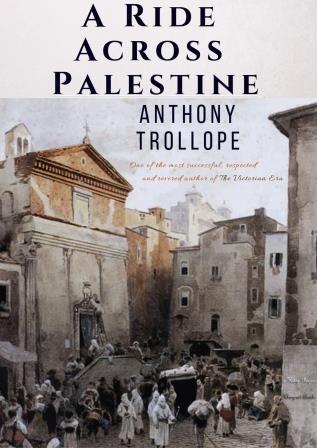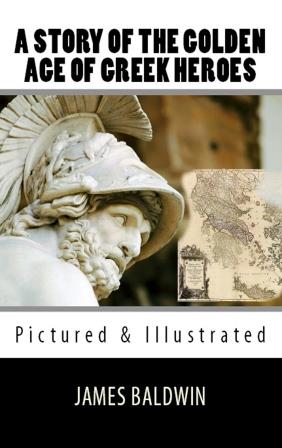The whites have assisted greatly in rendering the traditions of the Aborigines more obscure by their own manner of corrupting names. Thus, the term used in the title of this book has undergone the changes of Mahicanni, Mohicans, and Mohegans; the latter being the word commonly used by the whites. When it is remembered that the Dutch (who first settled New York), the English, and the French, all gave appellations to the tribes that dwelt within the country which is the scene of this story, and that the Indians not only gave different names to their enemies, but frequently to themselves, the cause of the confusion will be understood.
In these pages, Lenni-Lenape, Lenope, Delawares, Wapanachki, and Mohicans, all mean the same people, or tribes of the same stock. The Mengwe, the Maquas, the Mingoes, and the Iroquois, though not all strictly the same, are identified frequently by the speakers, being politically confederated and opposed to those just named. Mingo was a term of peculiar reproach, as were Mengwe and Maqua in a less degree.
The Mohicans were the possessors of the country first occupied by the Europeans in this portion of the continent. They were, consequently, the first dispossessed; and the seemingly inevitable fate of all these people, who disappear before the advances, or it might be termed the inroads, of civilization, as the verdure of their native forests falls before the nipping frosts, is represented as having already befallen them. There is sufficient historical truth in the picture to justify the use that has been made of it.
In point of fact, the country which is the scene of the following tale has undergone as little change, since the historical events alluded to had place, as almost any other district of equal extent within the whole limits of the United States. There are fashionable and well-attended watering-places at and near the spring where Hawkeye halted to drink, and roads traverse the forests where he and his friends were compelled to journey without even a path. Glen's has a large village; and while William Henry, and even a fortress of later date, are only to be traced as ruins, there is another village on the shores of the Horican. But, beyond this, the enterprise and energy of a people who have done so much in other places have done little here. The whole of that wilderness, in which the latter incidents of the legend occurred, is nearly a wilderness still, though the red man has entirely deserted this part of the state. Of all the tribes named in these pages, there exist only a few half-civilized beings of the Oneidas, on the reservations of their people in New York. The rest have disappeared, either from the regions in which their fathers dwelt, or altogether from the earth.
There is one point on which we would wish to say a word before closing this preface. Hawkeye calls the Lac du Saint Sacrement, the "Horican." As we believe this to be an appropriation of the name that has its origin with ourselves, the time has arrived, perhaps, when the fact should be frankly admitted. While writing this book, fully a quarter of a century since, it occurred to us that the French name of this lake was too complicated, the American too commonplace, and the Indian too unpronounceable, for either to be used familiarly in a work of fiction. Looking over an ancient map, it was ascertained that a tribe of Indians, called "Les Horicans" by the French, existed in the neighborhood of this beautiful sheet of water.
